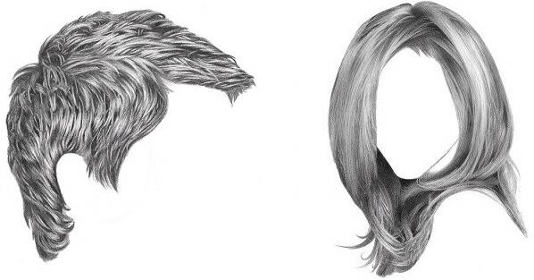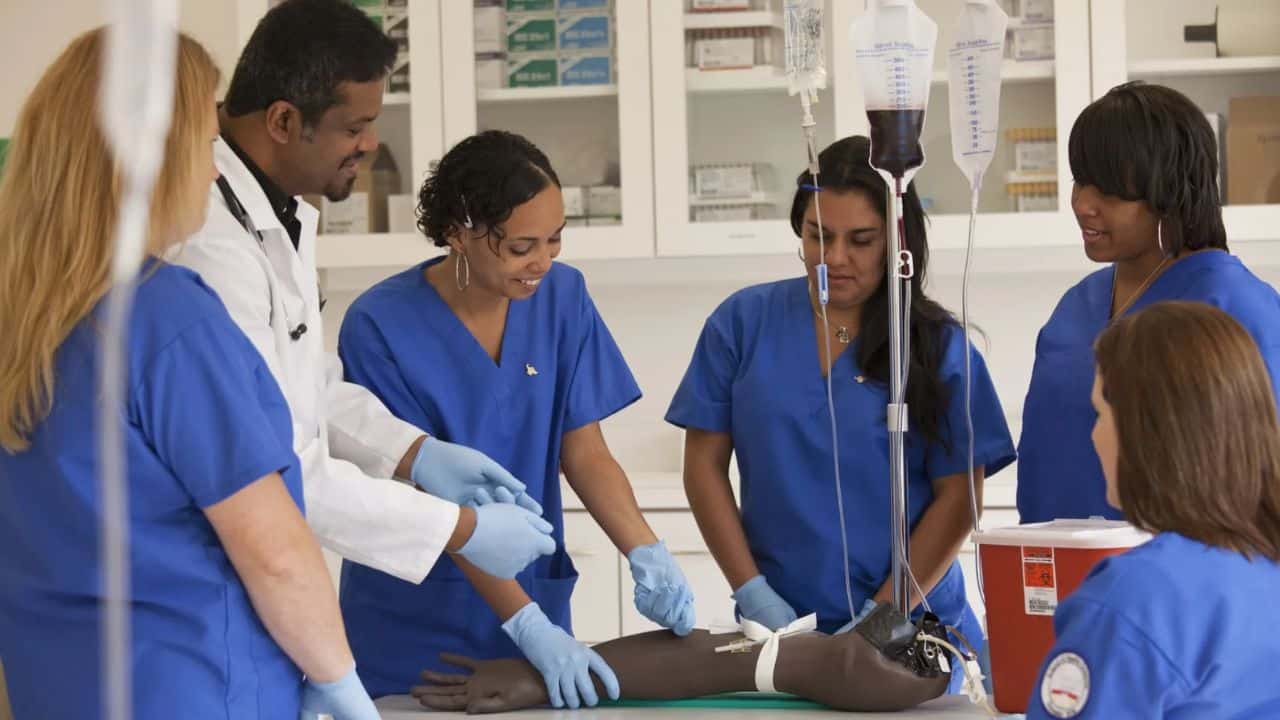If you’ve ever contemplated becoming a chiropractor, you might wonder about the educational journey that leads to this rewarding profession. “How long do you have to go to college to be a chiropractor?” is a question that often lingers in the minds of aspiring healthcare practitioners.
In this article, we embark on a journey through the halls of chiropractic education to unearth the answer to this pressing question.
From the foundational years of undergraduate studies to the specialized training in chiropractic colleges, let’s explore the road to becoming a chiropractor.
Table of contents
How Long Do You Have to Go to College to Be a Chiropractor?
Becoming a chiropractor involves completing both undergraduate education and specialized chiropractic training. Here’s a full guide on the educational path to becoming a chiropractor, including the duration of each phase:
Undergraduate Education:
Duration: Typically, you will need approximately 4 years to complete your undergraduate studies.
Degree: You must earn a bachelor’s degree. While specific degree requirements can vary, most chiropractic programs require a minimum of 90 semester hours of undergraduate coursework, including courses in biology, chemistry, physics, and psychology.
Major: Although there’s no strict requirement for your major, many chiropractic students choose majors related to the sciences or healthcare, such as biology, chemistry, or kinesiology.
Doctor of Chiropractic (D.C.) Program:
Duration: Completing a Doctor of Chiropractic (D.C.) program typically takes about 3 to 4 years after earning your bachelor’s degree.
Accredited Program: Ensure that the D.C. program is accredited by the Council on Chiropractic Education (CCE) to qualify for licensure.
Curriculum: The D.C. program includes coursework in anatomy, physiology, pathology, chiropractic techniques, radiology, and clinical training.
Clinical Experience: Chiropractic students gain hands-on clinical experience, working with real patients under the supervision of experienced chiropractors.
Board Examinations: After completing the D.C. program, graduates must pass the National Board of Chiropractic Examiners (NBCE) exams, which vary by state.
Check out this related content: Which Group is a Primary Supporter of Hunter Education?
Licensure:
Duration: Obtaining a chiropractic license after graduation can vary in duration. It involves passing national board exams and meeting state-specific licensure requirements.
Examinations: Chiropractors must typically pass a series of national board exams, which can be taken while still in the D.C. program or after graduation. The specific exams include Part I (Basic Sciences), Part II (Clinical Sciences), Part III (Clinical Case Presentation), and Part IV (Practical Examination).
State Licensure: Each state sets its own requirements for chiropractic licensure. In addition to national board exams, you may need to pass state-specific exams, undergo criminal background checks, and meet other criteria.
Check out this related content: How Tall is Trippie Redd? Everything About the Rapper
Optional Specialization and Continuing Education:
Duration: Chiropractors can further their education by pursuing postgraduate programs in specialized areas, such as sports chiropractic or radiology. These programs can take additional time to complete.
Continuing Education: To maintain licensure, chiropractors are often required to complete continuing education courses, which can vary in duration and content.
You should read: How Tall is Jack Skellington? All the Facts and Details
Conclusion
Becoming a chiropractor is a path that combines a solid foundation in healthcare with specialized training in spinal health and wellness. From the moment you begin your undergraduate studies to the day you graduate from a Doctor of Chiropractic program, you embark on a journey that typically spans nearly a decade.
The road may be long, but for those passionate about holistic health and the well-being of others, it’s a journey well worth the time and dedication.
Also check out this content: 26 Legitimate Ways to Get a Costco Student Membership for Free
Frequently Asked Questions
To become a chiropractor, you’ll typically need to complete a bachelor’s degree followed by a Doctor of Chiropractic (D.C.) program.
The total duration of chiropractic education can vary, but it generally takes around 7 to 8 years. This includes approximately 4 years of undergraduate studies and an additional 3 to 4 years in a D.C. program.
While some chiropractic colleges may admit students with three years of undergraduate coursework, it’s becoming increasingly common for students to complete a bachelor’s degree before entering a D.C. program.
A D.C. program is a specialized graduate-level program that focuses on chiropractic principles, techniques, and clinical training. It includes coursework, hands-on training, and clinical rotations.
Yes, after completing the D.C. program, chiropractors must obtain state licensure, which typically involves passing national board exams and meeting other state-specific requirements. Some chiropractors may also pursue board certification in specialized areas.
References
- nwhealth.edu– how long do you have to go to college to be a Chiropractor
- bridgeport.edu– how long does it take to become a Chiropractor
- northeastcollege.edu– how long do you have to go to college to be a Chiropractor
Recommendations
- 26 Legitimate Ways to Get a Costco Student Membership for Free
- What Age Do You Graduate High School?
- Which Group is a Primary Supporter of Hunter Education?
- How Tall is Trippie Redd? Everything About the Rapper
- How Tall is Jack Skellington? All the Facts and Details
- How Big is 5 Inches? 6 Items with Accurate Measurement






